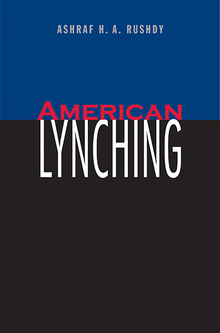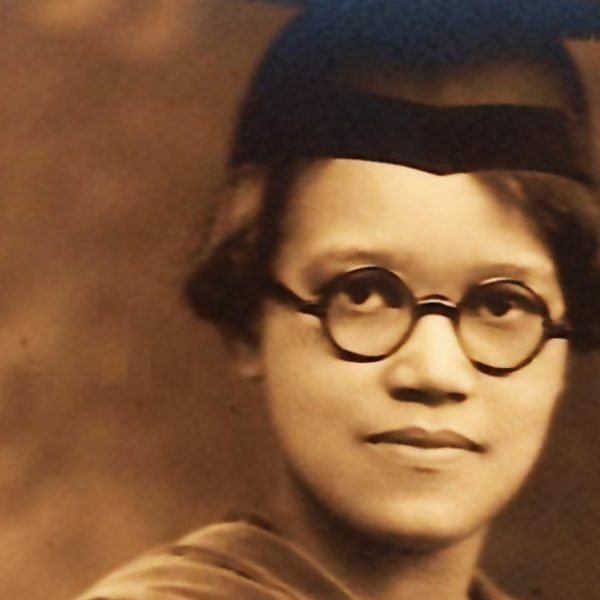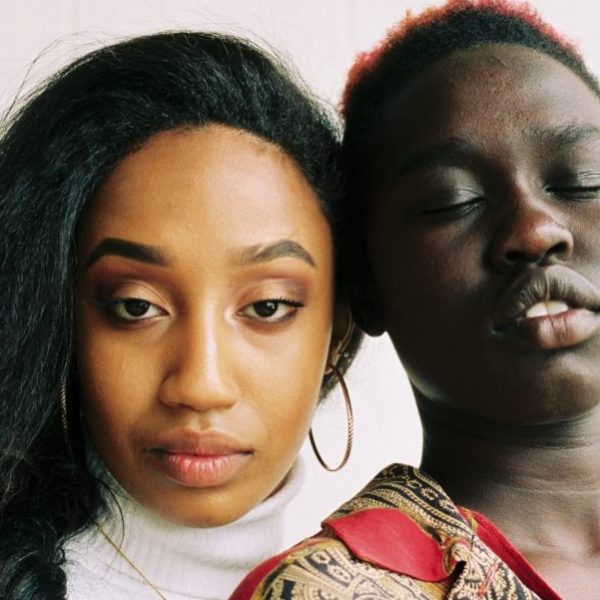Donald Trump and the Discourse of Lynching
Ashraf H. A. Rushdy—
Many politicians before Donald Trump have abused decorum, shown bad taste, and wholly misunderstood history when they used the metaphor of lynching to describe whatever political travail they faced. What makes his use of lynching as a metaphor truly original is the fact that it is uttered by someone who has historically impersonated a lynch mob leader.
When he tweeted about the impeachment process that all Republicans “must remember what we are witnessing here—a lynching,” President Trump joined a set of American politicians in the last thirty or so years who have invoked lynching as a metaphor. Since Justice Clarence Thomas inaugurated the recent political strategy of calling a legitimate political process a “lynching” (in his case, a “high-tech lynching”), many politicians have followed suit. Some, like former Detroit mayor Kwame Kilpatrick and current Virginia Lieutenant Governor Justin Fairfax, do so, like Thomas, in the hope or expectation that their racial identity as African American men will allow the metaphor to resonate at a deeper level with African American constituents. Others have preceded Trump in using the metaphor to describe the impeachment hearings of Bill Clinton, for instance.
What is distinctly original about Trump’s case is that his statement comes from a man who uses exactly the kind of rhetoric that leaders of lynch mobs and pro-lynching advocates historically used. During his 2016 campaign for the presidency, Trump frequently urged people who attended his rallies to inflict violence on protestors. His regular references to historic violence—“In the good old days this doesn’t happen because they used to treat them very, very rough,” as he told a Fayetteville, North Carolina, crowd, for example—incite members of the crowds to violence against the protestors. Trump’s repeated statement that he would pay the legal fees of those who hurt the protestors emboldens them further. North Carolina has witnessed that kind of rhetoric before, in 1898, when Josephus Daniels, the editor of the Raleigh News and Observer, incited a race riot and coup against the Fusionist government in Wilmington.
Indeed, Trump had used newspapers in almost the same way as Daniels. He ran an infamous advertisement in four New York City newspapers in 1989, in response to the so-called Central Park Five case. Trump almost precisely echoed the language and terminology of pro-lynching advocates of the late-nineteenth and early-twentieth centuries. He referred to those who allegedly committed the crime in animalistic terms: they are “wild” beings who “roam our neighborhoods” and “prey on innocent lives.” He wanted not cool justice, but a violent process in which one could invest heated emotions. “I want to hate these muggers and murderers,” he wrote, “they should be forced to suffer.” These are precisely the terms and sentiments that scores of editors in the late-nineteenth and early-twentieth centuries employed as they urged lynch mobs to gather and then hang, burn, and dismember their victims. Like Trump, they urged us to see these people not as fellow citizens but rather as “roving bands of wild criminals,” who commit sexually deviant crimes in order “to fulfill some distorted inner need.” There is a discourse for American lynching.
That discourse acted as a script created by American politicians and editors and circulated in order to control the mobility (roving, roaming), the freedom, and the lives of people of African descent. Like Trump, these earlier politicians and journalists focused on one particular crime—the alleged rape of a white woman by African American men. How many of the other 5,242 rapes committed in New York in 1989 aroused Trump’s concern? How many times, one wonders, did Trump feel “hate” for men who raped African American women? How many times did he wish for them to suffer? He never paid for any advertising to make that point.
Trump also shares with pro-lynching advocates a belief that death is appropriate in rape cases involving a white victim. Trump’s advertisement loudly calls out: “BRING BACK THE DEATH PENALTY. BRING BACK THE POLICE!” Trump may think that he is simply combining two issues—less restrained policing for all crimes, and capital punishment for the crime of murder. But he consistently confuses his readership by referring to the (now-exonerated) five young men as those who “rape and maim and kill.” He, like the white supremacist editors and lynching apologists before him, makes the case that certain kinds of rapists, those who are of African descent and whose victims are white, deserve to be killed for that peculiar crime. Historically, of course, not only were African American men regularly lynched for alleged raping of white women, but vigilante mob violence gave way to state-sanctioned racially-apportioned punishment that executed only African American men for the crime of rape. In other words, Trump’s advertisement is unmistakably making the case that these African American men deserved capital punishment now, just as they would have deserved lynching then, back in “the good old days.”
Trump’s use of the metaphor of lynching to describe his political troubles reveals two things. First, we see that the rhetoric he has used in the past is that of a leader of a lynch mob. That very rhetoric resonated in 1989 and in 2016 because it espouses the historic values of white supremacy. Second, it reveals just how vigilant those of us must be who understand that lynching is not sufficiently in the past to be a metaphor, even as we mourn the ways that lynching and the values on which it is based continue to infect the air we breathe. The historic discourse of lynching can be very easily resurrected in a nation whose history and present climate have been and continue to be poisoned by political leaders whose white supremacy remains as unmasked today as the faces of those who posed for photographs around what they witnessed and did a hundred years ago.
Ashraf H. A. Rushdy is Benjamin L. Waite Professor in English Language and chair of African American studies at Wesleyan University.
Further Reading:



























